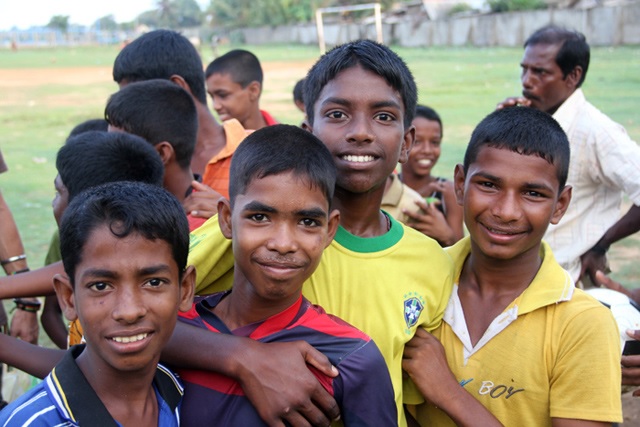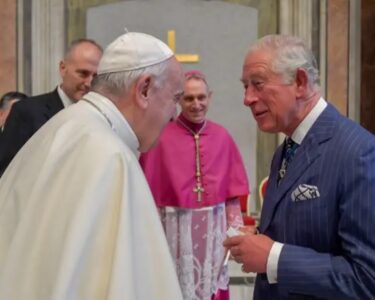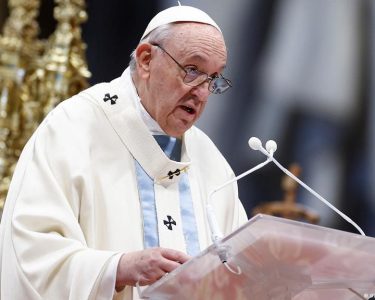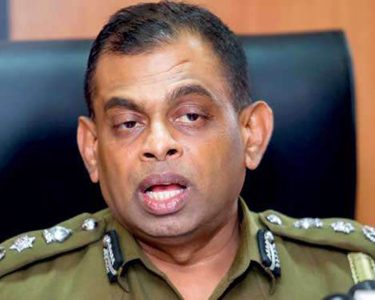The Collective for Democracy and Rule of Law (CDRL) advocates for the complete overhaul of Sri Lanka’s current Constitution. Key proposals include the restoration of parliamentary democracy, the establishment of a bi-cameral legislature, a mixed electoral system, stricter anti-cross-over provisions, and enhanced local democracy rooted in power-sharing, subsidiarity, and citizen participation. They also propose introducing the right of recall and direct democracy, a stronger chapter on fundamental rights, post-enactment judicial review, and the creation of a Constitutional Court.
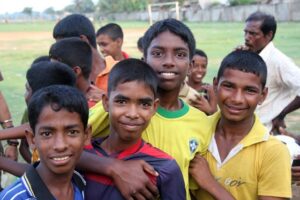
Constitutional Principles and Sovereignty
The proposed official name is simplified to “Sri Lanka,” removing “Democratic, Socialist Republic.” The Constitution would be based on core principles such as human dignity, social and economic justice, equality, human rights, the supremacy of the Constitution and the Rule of Law, regular free and fair elections, non-concentration of state power, accountability, responsiveness, transparency, and the doctrine of public trust.
Legislature
The new Constitution aims to shift political power from the Executive President to Parliament, restoring parliamentary democracy. The House of Representatives would consist of 200 members: 130 elected from territorial constituencies, 60 from proportional representation at the national or provincial level, and 10 from national-level proportional representation to ensure smaller parties with significant national presence can secure representation. Adequate representation for women, youth, and underrepresented groups is emphasized.
A Member of the House would lose their seat for violating party decisions or joining another party without permission, with safeguards for coalition partners. Vacancies would be filled through by-elections or proportional representation lists.
Senate
A Senate of fifty members would ensure provincial representation and act as a check against arbitrary legislation. Each Provincial Council would elect five members based on proportional representation, ensuring representation of different communities and political parties, including women. The President would appoint five members to represent unrepresented or underrepresented groups based on joint nominations by the Prime Minister and the Leader of the Opposition. All Bills, except Money Bills, would be referred to the Senate before the Second Reading, with special provisions for national policies affecting Provincial Councils.
Executive
Abolishing the Executive Presidential system is proposed, making the President the nominal head of the executive while retaining the position of Head of State. The President would be elected by an electoral college comprising members of both legislative houses and would appoint a Prime Minister based on who is most likely to command the House’s confidence. The President cannot remove the Prime Minister. The Cabinet would consist of twenty Ministers, including at least five women and five members from minority communities. A Deputy Prime Minister would belong to a different community than the Prime Minister.
Devolution and Local Democracy
The Constitution should promote local democracy through power-sharing, subsidiarity, and citizen participation. The allocation of subjects and functions should maximize efficiency and accountability. Grama Sabhas (village councils) would be established in every local authority ward to deepen democracy and bridge the gap between local government institutions and citizens.
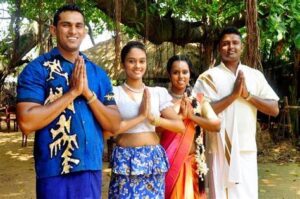
Expert Contributors
Prominent experts and advocates contributing to these proposals include Geoffrey Alagaratnam, Dr. A.M. Navaratne Bandara, Bhavani Fonseka, Dr. Mario Gomez, Dr. Sakuntala Kadirgamar, Saliya Pieris, Dr. Pakiasothy Saravanamuttu, Dr. Kalana Senaratne, M.A. Sumanthiran, Professor Deepika Udagama, Professor Jayadeva Uyangoda, Dr. Jayampathy Wickramaratne, and Lal Wijenayake. These individuals bring extensive legal, political, and academic expertise to the table, ensuring a comprehensive and democratic approach to constitutional reform.



